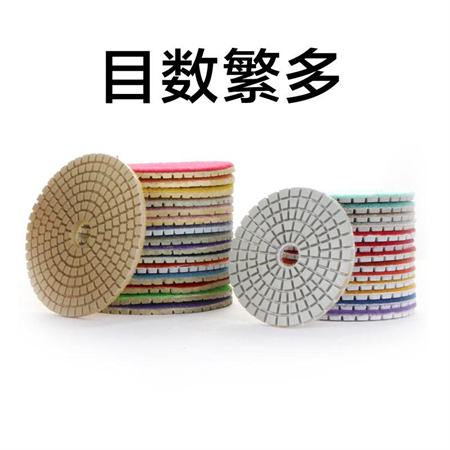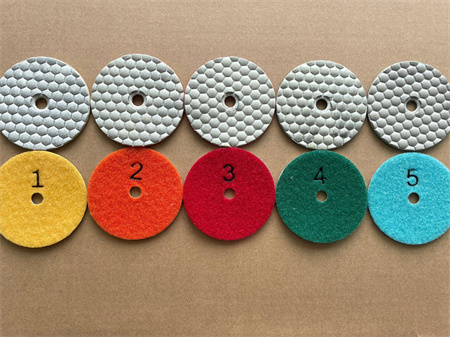Quartz countertops are a popular choice for kitchens and bathrooms due to their durability, aesthetic appeal, and low-maintenance qualities. Over time, however, even the most resilient surfaces can lose their shine or develop scratches and dull spots. One of the most effective ways to restore and maintain the pristine look of quartz countertops is through polishing, particularly using diamond pads. These specialized tools not only help restore the luster but also protect the surface from future wear and tear. If you want to give your quartz countertops the care they deserve, here’s a guide to polishing techniques using diamond pads.
When it comes to polishing quartz, diamond pads are the go-to choice for professionals and DIY enthusiasts alike. These pads are made with industrial diamonds, which are known for their hardness and effectiveness at smoothing out surfaces without causing damage. They come in various grit levels, allowing you to address different levels of wear, from light blemishes to deep scratches.
To start, preparation is key. Ensure the countertop is thoroughly cleaned before you begin polishing. Any debris or dust left on the surface can cause additional scratches during the polishing process. Wipe down the countertop with a soft cloth, using a mild dish soap and water solution to remove any grease or dirt. Once the surface is clean, dry it completely to avoid any moisture interfering with the polishing.
Next, choosing the right diamond pad for the task is crucial. For a surface that’s only slightly dull or has minor imperfections, start with a medium grit pad (around 400-600 grit). If your countertop has visible scratches or deeper damage, begin with a lower grit pad (around 200-300 grit) to gradually smooth out the surface. It’s important not to skip steps when working with different grits, as moving too quickly through the process can result in uneven surfaces.
When applying the diamond pad to the countertop, use a buffer or polisher to evenly distribute pressure. Always move in small, circular motions, ensuring that you cover the entire surface. For best results, apply minimal pressure, letting the diamonds do the work. Too much pressure can cause uneven polishing or even damage the quartz. Take your time and work in sections, making sure each area gets the attention it needs.

Once you’ve completed the polishing with your finest grit pad (typically between 1500 and 3000 grit), the countertop should have a smooth, glossy finish. If you’re looking for an extra level of shine, you can finish with a polishing compound designed for quartz surfaces. Apply the compound to a soft cloth or buffer pad, and polish the surface in small sections until it achieves the desired level of brilliance.
Polishing quartz with diamond pads not only revives the surface but also helps maintain its integrity for the long haul. By removing surface imperfections and creating a smooth, reflective finish, you’re ensuring that your quartz countertops are better protected from stains, scratches, and everyday wear. Regular polishing can also help preserve the rich color and natural patterns of your quartz, keeping it looking as beautiful as the day it was installed.

